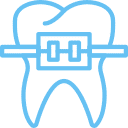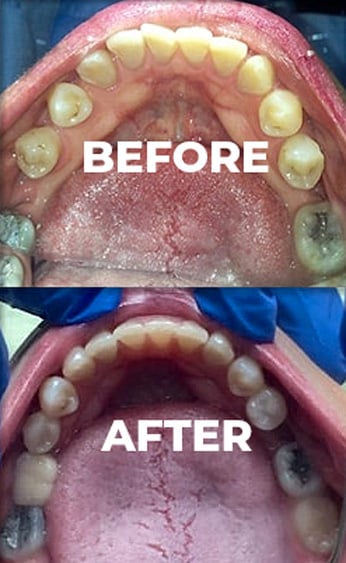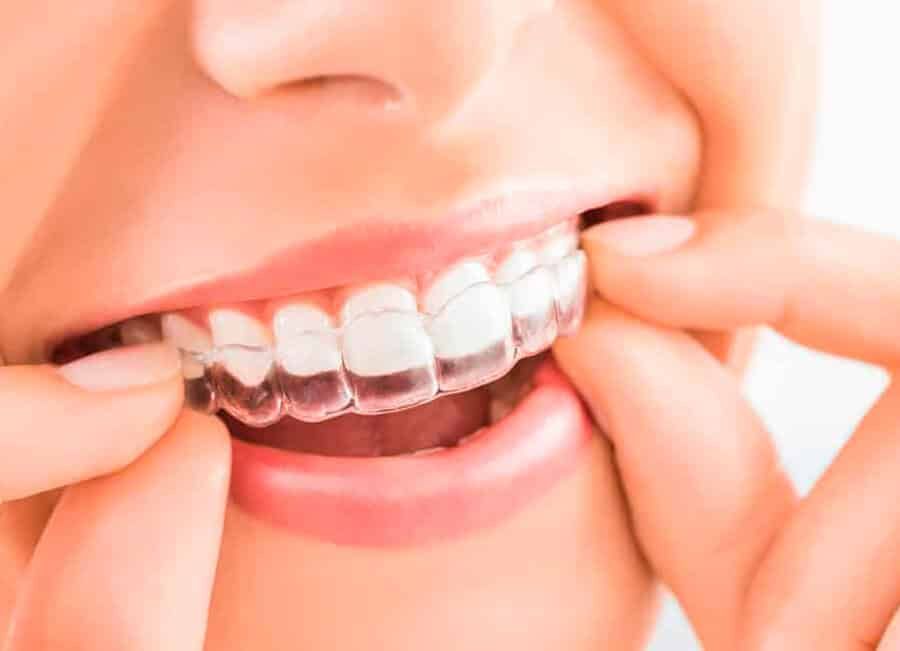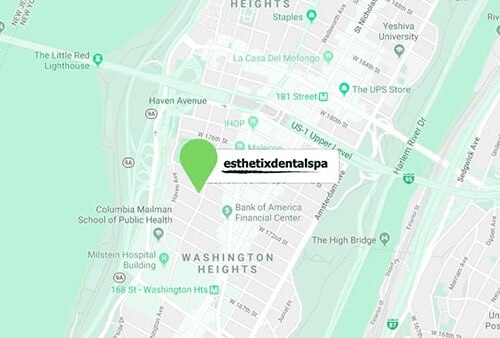TOP REASONS TO CHOOSE
DR. DIVYA
ADUSUMILLI
For All of Your Braces Needs

Dr Divya has been trained in various orthodontic systems and techniques to give you a full-service experience and offer high quality results.
In order to give you a straight, healthy looking smile, she is able to combine Braces, Invisalign and fast braces to make the treatment easy, affordable, and successful.
Professional Invisalign Teeth Straightening
Invisalign takes a modern approach to straightening teeth, using a custom-made series of aligners created for you and only you. These aligner trays are made of smooth, comfortable and virtually invisible plastic that you simply wear over your teeth. Wearing the aligners will gradually and gently shift your teeth into place, based on the exact movements your dentist or orthodontist plans out for you. There are no metal brackets to attach and no wires to tighten. You simply pop in a new set of aligners approximately every two weeks, until your treatment is complete and you achieve the confident smile that you’ve always wanted. The best part about the whole process is that most people won’t even know you’re straightening your teeth.
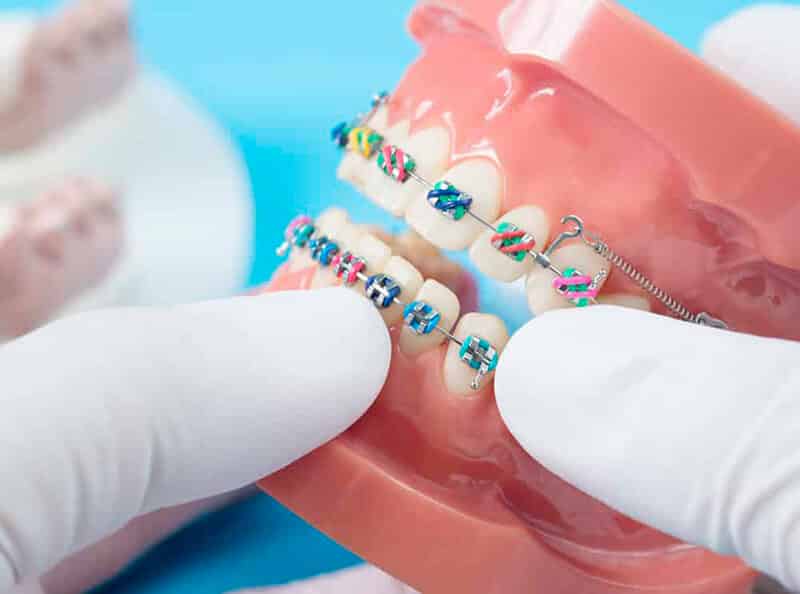
When is a Good Time to Start Considering Braces?
Painless Procedures. Painless Payment Plans
Everyone probably knows the stereotype of the preteen kid forced to wear braces by their parents; the metal wires are placed over their teeth and worn for a year or more for maximum effectiveness. However, contrary to popular belief, braces may be needed at any age, for a variety of different reasons. Before you start considering braces, it is important to talk to your dentist or orthodontist to determine whether or not you need them, and when is the ideal time to get them.
Is Invisalign Worth The Cost?
One of the first questions people tend to have when considering Invisalign is, “How much will it cost?” The good news is that most individuals are pleasantly surprised to discover that the cost of Invisalign® treatment is usually comparable to the cost of traditional braces. Of course, your doctor will be able to fully determine your cost, which is based on the specifics of your individual needs. These factors can include the complexity of your case and how long your treatment will take. Even your location can have an effect on the price of treatment. In the U.S., the cost of Invisalign treatment ranges from $3,500 to $8,000, with the national average at about $5,000.
Special Offers
INVISALIGN
SPECIAL
$500
OFF




